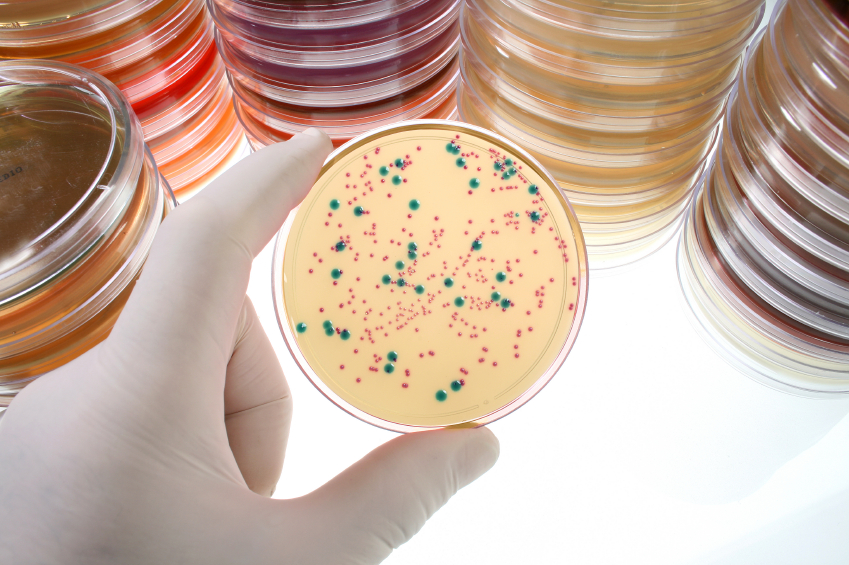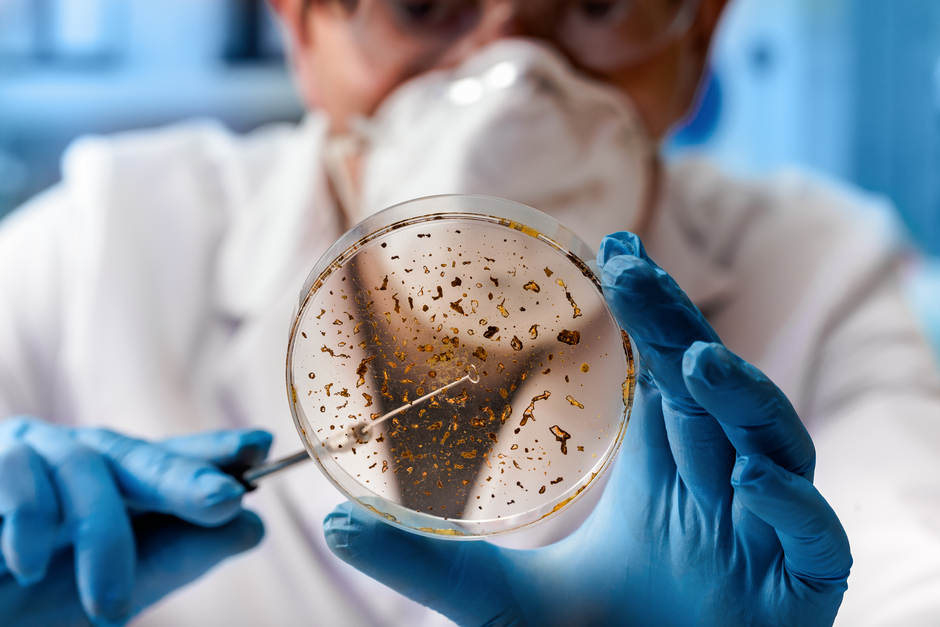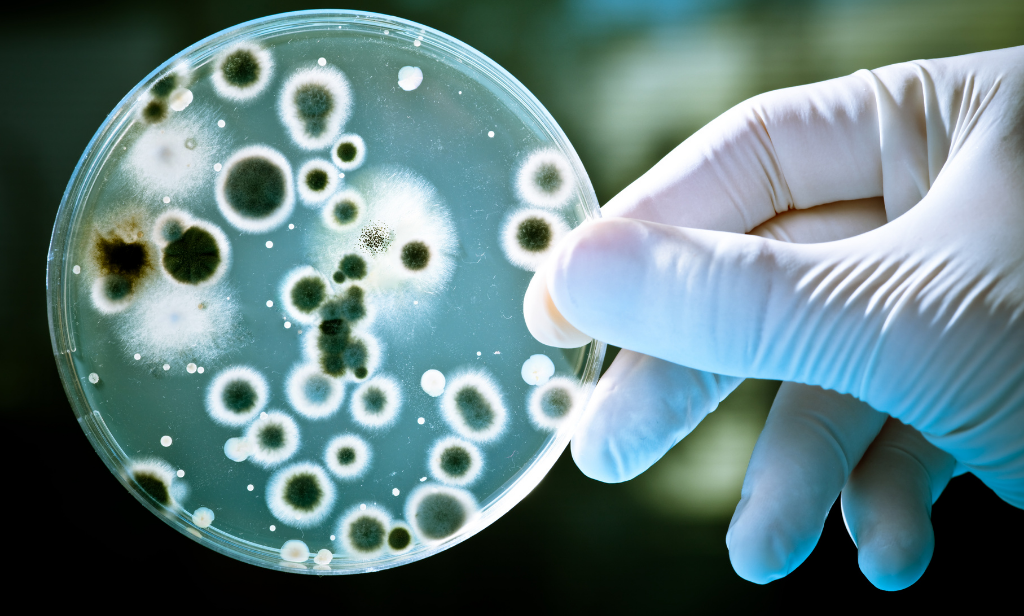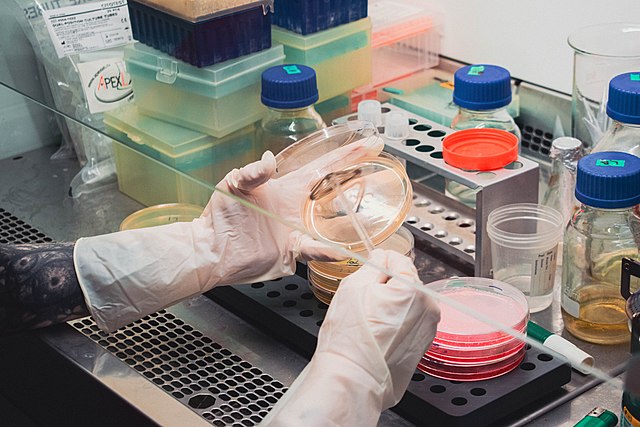Microbiology is the scientific study of microorganisms, which are microscopic, single-celled organisms including bacteria, viruses, fungi, protozoa, and algae. This field covers several sub-disciplines focused on specific types of microorganisms and their roles in various environments. Key areas include bacteriology (the study of bacteria), virology (the study of viruses), mycology (the study of fungi), parasitology (the study of parasites), and immunology (the study of the immune system).
Additionally, microbial ecology examines the interactions between microorganisms and their environments, while industrial microbiology applies microbial science to create products like antibiotics and biofuels. Agricultural microbiology focuses on microorganisms affecting plant health and soil fertility.
Microbiologists employ techniques such as microscopy, culture methods, molecular biology, and genetic engineering to advance our understanding of these organisms, which is crucial for developments in medicine, biotechnology, agriculture, and environmental science.
What are the major types of microorganisms?

Microorganisms, also known as microbes, encompass a diverse array of tiny life forms, each playing a vital role in their respective ecosystems and impacting human health and industry. One major type is bacteria, single-celled prokaryotic organisms found in various environments, including soil, water, and inside the human body, with examples like Escherichia coli and Staphylococcus aureus. Another group is archaea, which are also single-celled prokaryotes but distinct from bacteria, often thriving in extreme environments such as hot springs and salt lakes, with examples like Halobacterium and Methanogens.
Fungi represent another major category, comprising eukaryotic organisms that include yeasts, molds, and mushrooms. These can be single-celled, like Saccharomyces cerevisiae (yeast), or multicellular, like Penicillium (mold). Protists form a diverse group of eukaryotic microorganisms, which include protozoa (animal-like), algae (plant-like), and slime molds (fungus-like), with examples such as Amoeba (protozoa) and Chlamydomonas (algae).
Viruses, although not cellular, are significant microorganisms that require a host cell to replicate, consisting of genetic material (DNA or RNA) surrounded by a protein coat. Examples include the influenza virus and HIV. Lastly, prions are infectious proteins causing neurodegenerative diseases, unique in that they do not contain nucleic acids, with examples including the agent responsible for Creutzfeldt-Jakob disease. Each of these categories encompasses the main types of microorganisms, highlighting their diversity and significance.
What are the sub-disciplines of microbiology?

Microbiology encompasses a wide range of sub-disciplines, each focusing on different aspects of microorganisms and their interactions within various contexts. Medical Microbiology, for instance, is dedicated to studying microorganisms that cause diseases in humans, while Environmental Microbiology delves into their roles in natural environments such as soil, water, and extreme habitats.
Industrial Microbiology applies microorganisms to produce a variety of industrial products, while
Agricultural Microbiology examines their interactions with plants, animals, and soil in agricultural systems. Food Microbiology investigates microorganisms in food products, focusing on spoilage, safety, and fermentation. Veterinary Microbiology, on the other hand, deals with animal health and diseases, including zoonotic infections. Microbial
Genetics and Molecular Biology explore the genetic and molecular mechanisms of microorganisms, while Immunology studies immune responses to infections and vaccinations. These sub-disciplines collectively contribute to our understanding of microorganisms and their impact on health, the environment, industry, and agriculture.
How is microbiology applied in various fields?

Microbiology finds applications across a multitude of fields, leveraging our understanding of microorganisms to address various challenges and advance numerous industries. Here are some key areas where microbiology is applied:
Medicine and Healthcare
Microbiology plays a critical role in diagnosing and treating infectious diseases. Medical microbiologists identify pathogens, study their mechanisms of infection, and develop vaccines and antibiotics.
Microbial genetics also informs personalized medicine and the development of targeted therapies.
Food and Beverage Industry
Microbiology ensures the safety and quality of food products. It is used in food preservation, fermentation processes (e.g., brewing, cheese-making), and the development of probiotics.
Microbiologists monitor food production environments for contaminants and pathogens to prevent foodborne illnesses.
Agriculture and Biotechnology
Microbiology contributes to sustainable agriculture by enhancing soil fertility, controlling plant diseases through biocontrol agents, and promoting plant growth through beneficial microbes.
Genetic engineering techniques are employed to develop genetically modified organisms (GMOs) with improved traits.
Environmental Protection and Bioremediation
Microorganisms are utilized in bioremediation processes to degrade pollutants and clean up environmental contaminants such as oil spills, heavy metals, and organic pollutants.
Environmental microbiologists study microbial communities in ecosystems to assess their health and resilience.
Pharmaceutical Industry
Microbiology is integral to drug discovery and development, especially in the search for novel antibiotics and antifungal agents.
Microbial fermentation processes are used to produce pharmaceuticals, enzymes, and biologics on an industrial scale.
Water and Wastewater Treatment
Microbiology is essential for monitoring and maintaining the quality of water supplies. Microorganisms are employed in wastewater treatment plants to degrade organic matter and remove contaminants, ensuring safe drinking water and protecting the environment.
FAQ’s
What are the 10 branches of microbiology?
Microbiology has 10 parts: medical, environmental, industrial, agricultural, food, veterinary, genetics, immunology, ecology, and water.
What are the two main types of microbiology?
Microbiology has two main types: one is about using microorganisms practically, and the other is about studying them in theory.
What are the six types of organisms studied in microbiology?
Microbiology studies six types of tiny living things: bacteria, archaea, fungi, protists, viruses, and prions.
What are the major domains of microbiology?
Microbiology has big areas like medical, environmental, industrial, agricultural, food, and veterinary.
How many major types of microorganisms are there?
There are six main kinds of tiny living things: bacteria, archaea, fungi, protists, viruses, and prions.
Final Words
Microbiology is a crucial field of science that studies tiny organisms like bacteria, viruses, fungi, protozoa, and algae. By understanding these microorganisms, we can make big strides in medicine, biotechnology, agriculture, and environmental science. With techniques like microscopy and genetic engineering, microbiologists unlock secrets that help improve human health, create new products, enhance farming methods, and protect our environment. So, even though they’re small, microorganisms play a huge role in shaping our world, and studying them helps us make it better.
